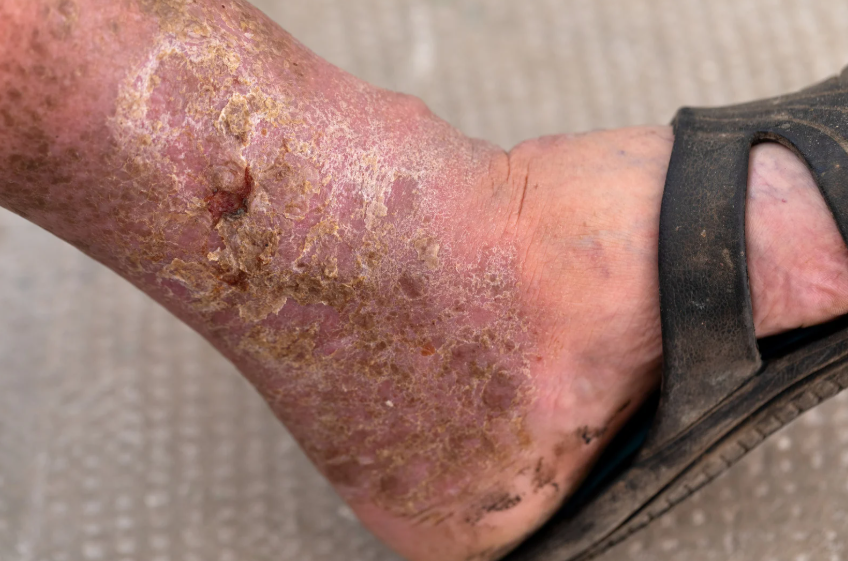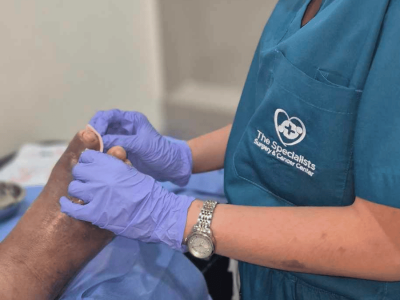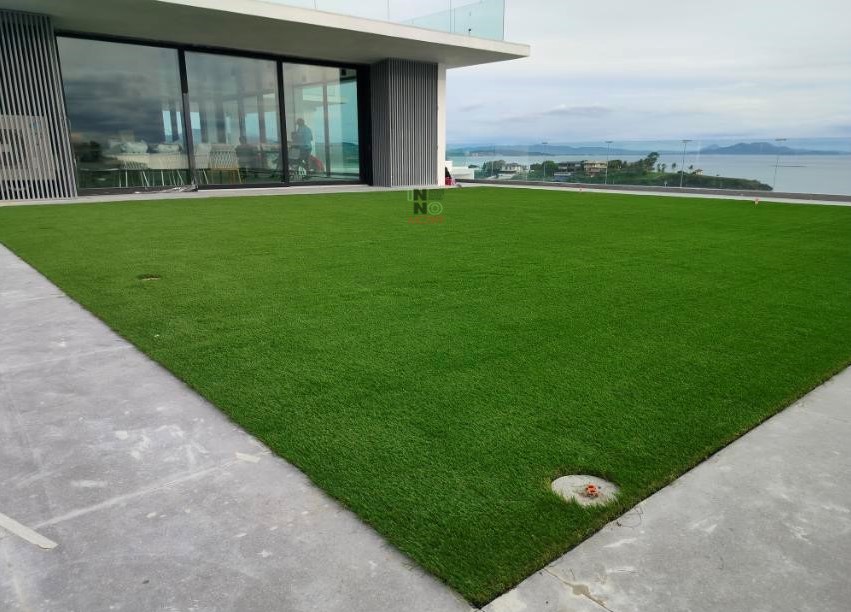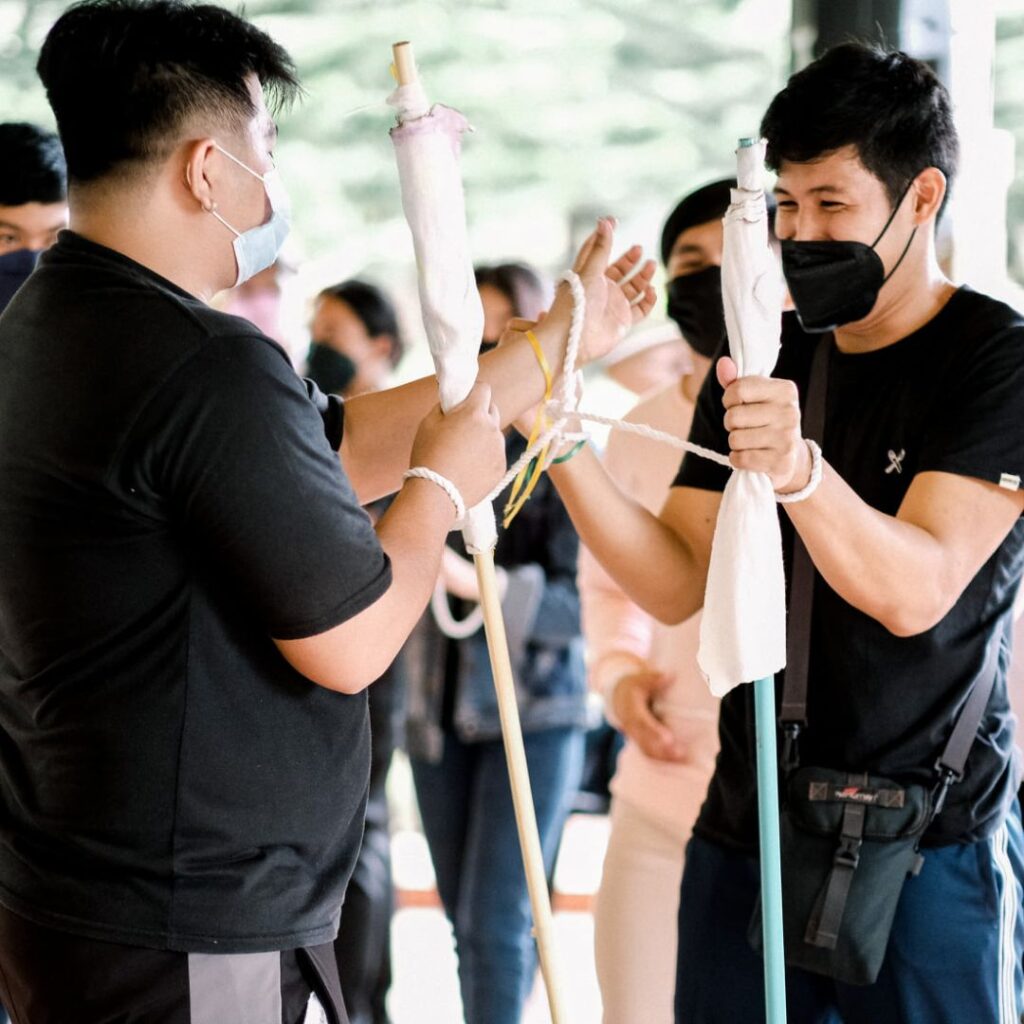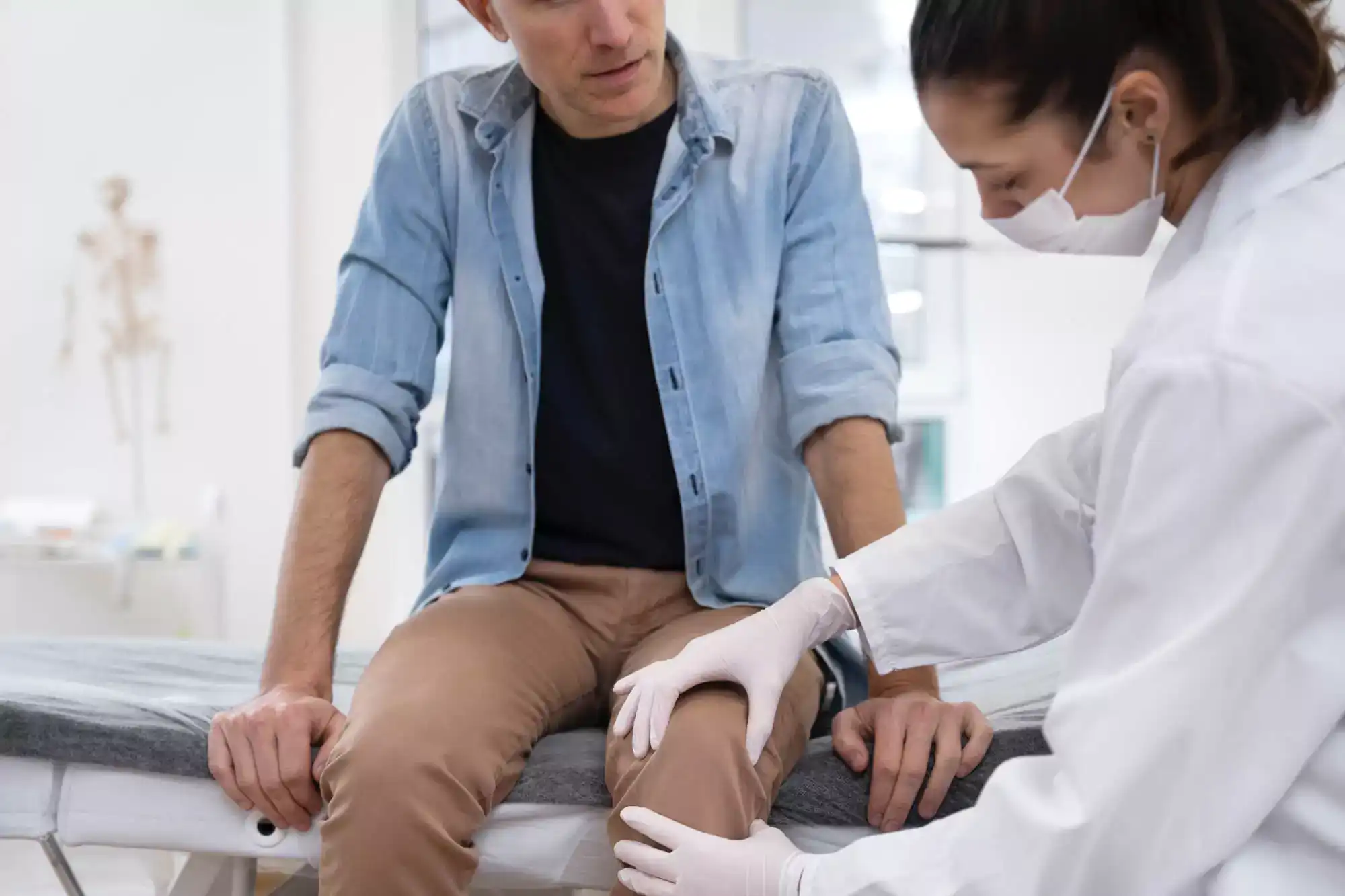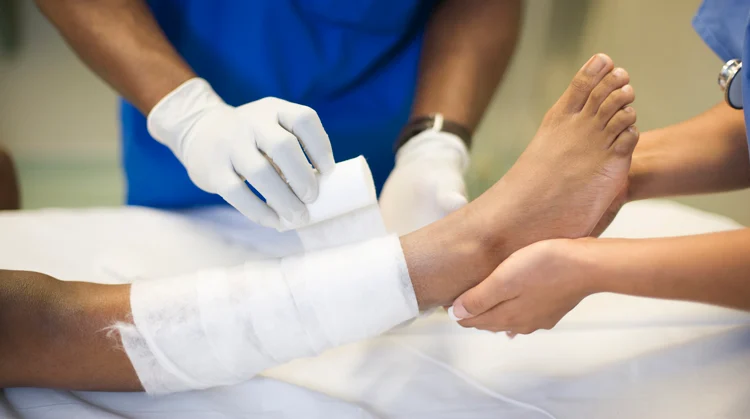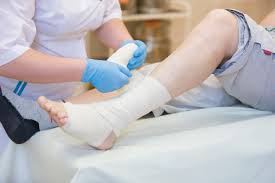Forefoot ulcers are a serious condition that affects individuals with diabetes, poor circulation, and excessive foot pressure. If left untreated, these ulcers can lead to severe infections, mobility issues, and even amputation. Implementing an orthopedic treatment for forefoot ulcers is essential to relieve pain, promote healing, and prevent complications. In this guide, we will explore the best orthopedic treatments available and how they contribute to faster recovery.
Understanding Forefoot Ulcers
An orthopedic treatment for forefoot ulcers starts with understanding the condition. Forefoot ulcers are open sores or wounds that develop on the front part of the foot due to prolonged pressure, friction, or injury.
Common Causes and Risk Factors:
- Diabetes: High blood sugar levels can lead to nerve damage and poor circulation, increasing the risk of ulcers.
- Peripheral Artery Disease (PAD): Reduced blood flow slows the healing process.
- Improper Footwear: Tight or ill-fitting shoes can cause excessive pressure on the forefoot.
- Repetitive Trauma: Walking, running, or standing for long hours can worsen ulcers.
- Obesity: Excess weight increases pressure on the feet, leading to ulcer formation.
Symptoms to Watch For:
- Pain, swelling, and redness on the forefoot.
- Open sores with discharge or foul odor.
- Skin thickening or calluses that eventually break open.
By recognizing the early signs, individuals can seek orthopedic treatment for forefoot ulcers before the condition worsens.
The Role of Orthopedic Treatment in Healing Forefoot Ulcers
An effective orthopedic treatment for forefoot ulcers focuses on offloading pressure, improving blood circulation, and reducing pain. Orthopedic solutions help distribute weight evenly across the foot, preventing further damage to the affected area. From custom orthotics to specialized footwear, orthopedic treatments play a crucial role in recovery.
Effective Orthopedic Treatments for Forefoot Ulcers
Custom Orthotic Insoles
One of the most effective orthopedic treatments for forefoot ulcers is the use of custom orthotic insoles. These insoles redistribute pressure away from ulcer-prone areas, reducing friction and promoting healing.
Benefits of Custom Orthotic Insoles:
- Provide arch support to improve weight distribution.
- Reduce pressure on the forefoot, preventing ulcer aggravation.
- Improve overall foot alignment and posture.
Therapeutic Footwear and Offloading Shoes
Proper footwear plays a key role in orthopedic treatment for forefoot ulcers. Therapeutic shoes are designed to protect the foot while offloading pressure from the affected areas.
Key Features of Ulcer-Preventive Footwear:
- Wide toe box to prevent rubbing and irritation.
- Soft interior lining to reduce friction.
- Shock-absorbing soles to minimize impact on the forefoot.
Offloading shoes, designed specifically for individuals with foot ulcers, help redistribute weight and reduce direct pressure on the wound, aiding in faster healing.
Total Contact Casts (TCCs) and Removable Cast Walkers
For patients with severe ulcers, orthopedic treatment for forefoot ulcers often includes total contact casts (TCCs). TCCs help offload pressure from the ulcer completely by enclosing the foot in a well-fitted cast.
Advantages of TCCs:
- Evenly distributes weight across the entire foot.
- Reduces mechanical stress on the ulcer.
- Provides protection against external trauma.
Removable cast walkers offer a more flexible alternative, allowing patients to remove the device for wound care and hygiene purposes.
Advanced Wound Care and Dressings
While orthopedic interventions focus on pressure relief, proper wound care is also necessary for effective healing. Integrating orthopedic treatment for forefoot ulcers with advanced wound dressings accelerates recovery.
Common Dressings for Ulcer Management:
- Hydrocolloid dressings to maintain moisture balance.
- Antimicrobial dressings to prevent infections.
- Foam dressings to cushion and protect the wound.
Physical Therapy and Mobility Exercises
Physical therapy complements orthopedic treatment for forefoot ulcers by improving circulation and preventing stiffness. Specific exercises enhance foot mobility and reduce swelling.
Recommended Foot Exercises:
- Toe stretches to improve flexibility.
- Ankle rotations to enhance blood flow.
- Calf stretches to relieve foot tension.
Pain Relief Strategies in Orthopedic Care
Managing pain is an essential component of orthopedic treatment for forefoot ulcers. Various non-invasive strategies help reduce discomfort and enhance healing.
Non-Surgical Pain Relief Options:
- Orthopedic footwear: Reduces pressure and discomfort.
- Cold therapy: Alleviates swelling and inflammation.
- Compression socks: Enhances circulation and reduces pain.
In severe cases, orthopedic surgery may be necessary to correct foot deformities or remove infected tissues.
Preventing Forefoot Ulcers with Orthopedic Solutions
Prevention is always better than cure. Implementing orthopedic treatment for forefoot ulcers as a preventive measure can significantly reduce the risk of ulcer development.
Daily Foot Care Tips:
- Inspect feet daily for signs of redness or cuts.
- Keep feet moisturized to prevent cracking.
- Trim nails carefully to avoid ingrown toenails.
Best Orthopedic Solutions for Prevention:
- Custom orthotic insoles: Provide continuous support and pressure relief.
- Specialized diabetic footwear: Protects feet from excessive friction.
- Regular podiatrist visits: Early detection of potential issues.
Takeaway
Implementing an orthopedic treatment for forefoot ulcers is vital for pain relief, faster healing, and overall foot health. Whether through custom insoles, therapeutic footwear, or advanced wound care, orthopedic solutions provide effective relief and long-term protection. Seeking early intervention and maintaining proper foot care can prevent complications and ensure optimal recovery. If you or a loved one is experiencing forefoot ulcers, consult an orthopedic specialist to explore the best treatment options tailored to your needs.

